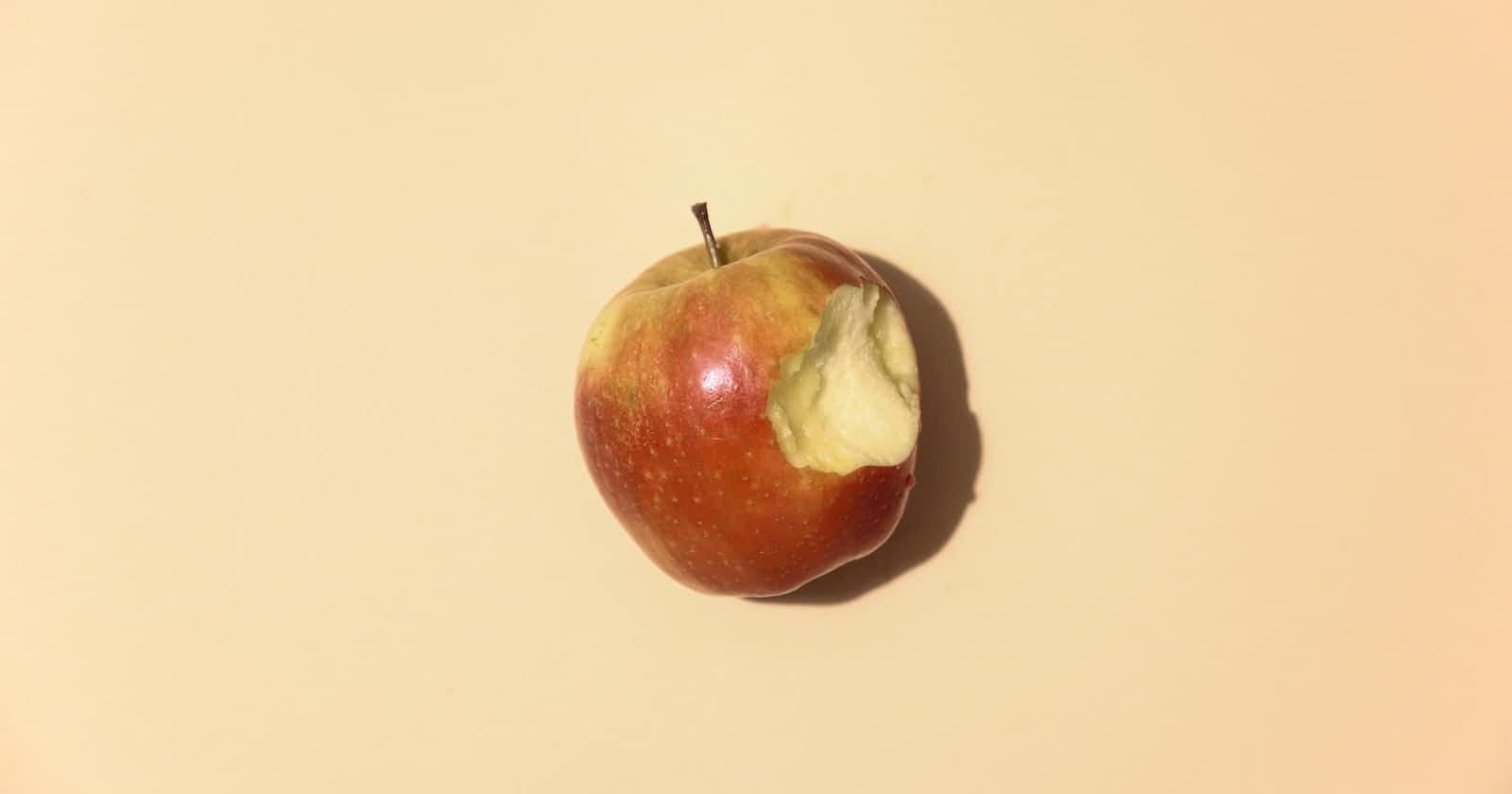When transitioning from JavaScript to Go, one encounters various differences in language syntax and data types. One such type in Go that might seem unfamiliar to JavaScript developers is the 'byte' type.
It is an alias for the uint8 type.
Memory Representation
In Go, the 'byte' type represents an 8-bit unsigned integer, which effectively occupies a single byte of memory.
This allocation ensures efficient storage and manipulation of individual bytes.
In contrast, JavaScript primarily relies on UTF-16 encoding, where characters can span multiple bytes.
var b byte = 65 fmt.Println(b) // Output: 65
ASCII and Unicode
The 'byte' type is commonly used when working with ASCII characters in Go. ASCII, the American Standard Code for Information Interchange, employs 7 bits to represent 128 unique characters.
Consequently, the 'byte' type in Go can accommodate the entire ASCII character set.
Additionally, Go supports Unicode encoding, including UTF-8. While JavaScript also supports Unicode, it employs the UTF-16 encoding. Thus, the 'byte' type in Go can handle both ASCII and UTF-8 encoded characters.
Binary Operations and Byte Manipulation
The 'byte' type in Go finds frequent use in binary operations and byte-level manipulations. It enables the performance of bitwise operations such as AND, OR, XOR, and shifting.
These operations are crucial when dealing with binary data or low-level programming tasks.
var a byte = 170 // 10101010 in binary
var b byte = 85 // 01010101 in binary
// Bitwise AND operation
result := a & b // 00000000 in binary
fmt.Println(result) // Output: 0
Encoding and Decoding
The 'byte' type is particularly useful when encoding and decoding data.
Operations like base64 encoding, hexadecimal encoding, and various other encodings often involve working with individual bytes.
The 'byte' type facilitates the manipulation of these bytes during the encoding and decoding processes.
// Example in Go
data := []byte("Hello, World!")
// Convert string to byte slice
encoded := base64.StdEncoding.EncodeToString(data)
fmt.Println(encoded) // Output: SGVsbG8sIFdvcmxkIQ==
Conclusion
Understanding the 'byte' type in Go is crucial for effective manipulation of individual bytes, especially when working with binary data, encoding/decoding, or low-level operations.
While JavaScript predominantly utilizes the UTF-16 encoding and the 'Uint8Array' type, Go's 'byte' type provides memory efficiency and compatibility with ASCII and UTF-8 encoded characters.
By embracing the 'byte' type in Go, JavaScript developers, and all developers for that matter can leverage their power to handle byte-oriented tasks, thereby expanding their programming capabilities and embracing the unique features of the Go language.

